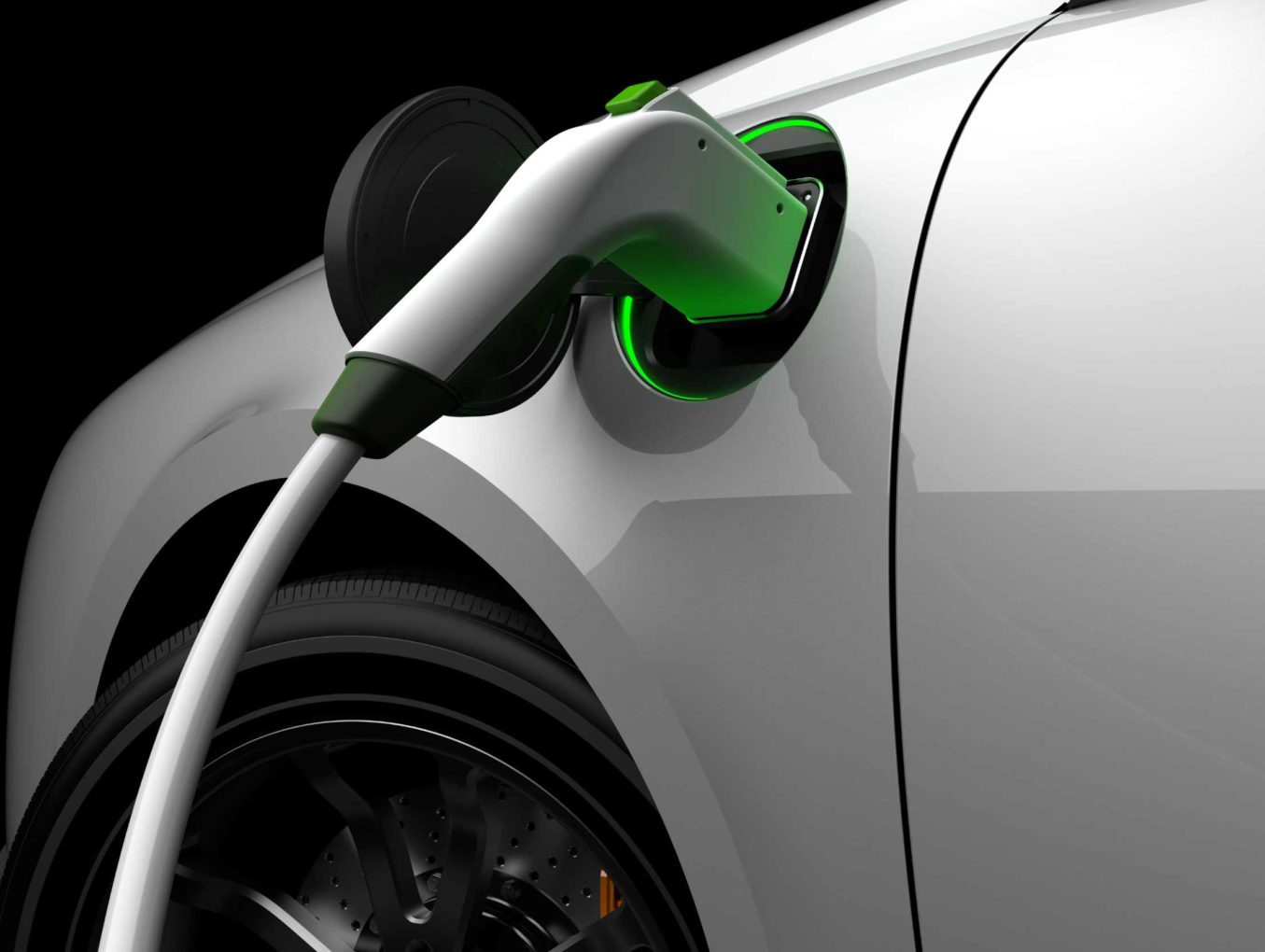What Does the IRS Consider To Be A New Clean Vehicle?
Beginning January 1, 2023, the IRS provides tax credits for makers and owners of new clean vehicles. Criteria established by the IRS that defines a new clean vehicle include:
- Gross vehicle weight rating must be less than 14,000 pounds
- Must be made by a manufacturer that is a qualified new clean vehicle manufacturer
- Must be powered by an electric motor. The battery powering the vehicle must have a minimum capacity of seven-kilowatt hours
- Must be powered by an electric battery that can be recharged by an external electrical source
- Must be a vehicle manufactured exclusively for use on highways, roads, and other public streets
- Must be a vehicle with at least four wheels (motorcycles are not considered new clean vehicles by the IRS)
- Must have final assembly in the United States, Mexico, or Canada (North America)
What Vehicles Qualify for the Clean Tax Credit?
Three types of vehicles can be claimed to receive a clean vehicle tax credit:
- Commercial clean vehicles: Internal Revenue Code 45W
- Used electric vehicles: Internal Revenue Code 25E
- New electric vehicles: Internal Revenue Code 30D
If a vehicle manufacturer meets the requirements for new, used, and commercial clean vehicles under the respective code, they can register to become an approved qualified manufacturer of clean vehicles. Registering involves submitting an agreement in writing to the IRS, along with vehicle information.
Electric vehicles powered by fuel cells are not required to be produced by a qualified manufacturer. However, the IRS states that manufacturers of fuel cell electric vehicles will facilitate the ability of customers to claim credits if they register and get qualified.
What Tax Year Do You Claim the New Clean Vehicle Credit?
Implementation of the Inflation Reduction Act of 2022 allows individuals and businesses to claim new clean vehicle tax credits on vehicles made or purchased between 2023 and 2032.
To qualify for the new clean vehicle tax credit, taxpayers must show they bought the vehicle for their personal use and not for resale. In addition, the claimed vehicle must be used “primarily” in the United States.
Modified adjusted gross incomes (AGIs) of taxpayers must not exceed $225,000 for those claiming head of household and $300,000 for married couples filing jointly. The modified gross income of all other federal tax filers cannot exceed $150,000.
The IRS further allows taxpayers to use their AGIs from the year “they took delivery of the vehicle”, or the year prior to taking delivery of the vehicle. If a taxpayer’s AGI is below the tax credit threshold in either year, they can use that AGI and claim a new clean vehicle credit.
In other words, if you bought a qualified vehicle in 2022, but had an AGI less than that of your AGI in 2023, you can use your AGI from 2022.
What is the New Clean Vehicle Tax Credit Amount?
Taxpayers purchasing a new (qualified) electric vehicle in 2023 or in a year prior to 2023 may be eligible to receive a tax credit of up to $7,500. This credit includes $2,917 for vehicles with battery capacities of at least 5 kilowatt hours. A tax credit of $417 may also be issued for each kilowatt hour over five kilowatt hours.
To claim the new clean vehicle credit on your federal tax return, you will need to file Form 8936 with your return. The vehicle’s VIN is required as well as other information.
Electric vehicles with an MSRP over $80,000 for pickup trucks, SUVs, and vans are ineligible for the clean vehicle tax credit. Taxpayers cannot claim other types of electric vehicles with an MSRP over $55,000.
Do Previously Owned Clean Vehicles Also Qualify for a Tax Credit?
Yes, if certain criteria are met. A clean vehicle credit of up to $4,000 is available to buy a previously owned clean vehicle that is being sold for less than $25,000. The previously owned clean vehicle bought must also be “placed in service” by the qualified buyer.
Another stipulation states that “it must be the clean vehicle’s first qualified sale to a qualifier buyer since August 16, 2022 (other than to the vehicle’s original owner).”
6 Simple Questions. Free Evaluation.
Join our Newsletter
Enter your email address to join our free newsletter. Get all the latest news and updates.

